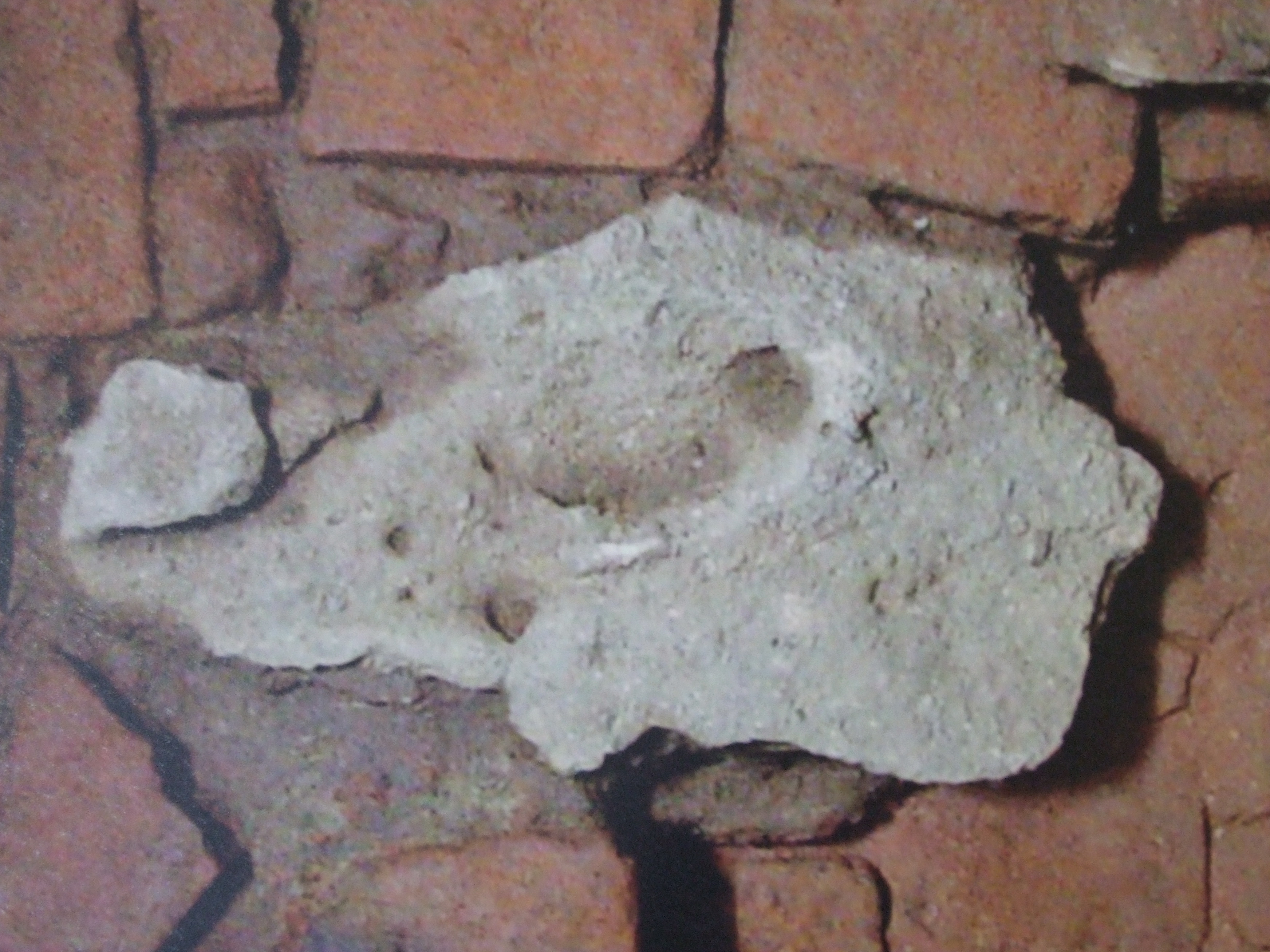National
The lesser known Lumbini Marker Stone that pinpoints Buddha’s birthplace
Archaeologists are divided on who installed the stone. Some believe it was Emperor Ashoka, while others think the residents of the nearby village did it.
Dipendra Baduwal & Manoj Poudel
The evidence of Siddhartha Gautam’s birth in Lumbini of Rupandehi, is attributed to a stone pillar erected by emperor Ashoka. An inscription in Brahmi script on the pillar confirms that Lumbini is the birthplace of Buddha. However, very few people know about the famous Marker Stone, which pinpoints the location where Prince Siddhartha was born.
Apart from the Ashoka pillar, the archaeology of the other stone also provides information about the birth place of Buddha. It is not clear who placed the Marker Stone, which is known among archaeologists as the Buddha Birth Monument Stone.
According to Basant Bidari, a senior archaeologist, it is believed that the stone was placed to provide information that Buddha was born in this exact spot. There are two opinions regarding the Marker Stone.
“Some scholars say that it was also placed by Ashoka, but others believe it was installed by the local residents of Pradimoksha-vana or Lumbini Game [pronounced ga-may, meaning village],” said Bidari.
He says the then residents of Lumbini Game, which is located about 400 metres to the south-west of the Mayadevi temple, placed the Marker Stone.
“The Marker Stone was not casually strewn about, but it was found properly installed in the ruins inside the Mayadevi Temple,” said Bidari, who was involved in the 1992-1996 excavation that discovered the Marker Stone.
Archaeologists have pinpointed its origins to around 1,300 years before Christ. The Lumbini Game is older than the Buddha period, so Queen Mayadevi is believed to have made a stopover there while visiting her paternal home in Devdaha.
“Tilaurakot, the capital of the kingdom of Mayadevi’s husband King Suddhodhan, is 70-75 km from Devdaha. Lumbini is located at a distance of 28-30 km from Rajprasaad [royal residence in Tilaurakot]. Buddhist scriptures say she was travelling in a palki, a sedan chair,” said Bidari.
Unlike today, it was very difficult to travel 70-75 km in a day due to a lack of good roads, and forested routes. People would seek shelter before dark and resume their journey the next morning.
Evidence suggests that this same route served as an ancient highway connecting to Takshashila (Taxila in present day Pakistan) via Lumbini, Tilaurakot, Gotihawa, and Srabasti. This was the route Mayadevi was travelling when she gave birth to Prince Siddhartha, who later became Gautam Buddha.
According to the Lumbini Development Trust, the Mayadevi Temple is at the heart of Lumbini and the Greater Lumbini Buddhist Circuit (GLBC). It houses the Marker Stone, the Nativity Sculpture, and the structural ruins, all related to the birth of Buddha.
Archaeological excavations have revealed that the structural ruins belong to the different phases of Mayadevi Temple construction and restoration over centuries. Emperor Ashoka, during his visit to Lumbini in 249 BC, built a platform using baked bricks to safeguard the Marker Stone and the Nativity Tree under which Mayadevi had given birth to Prince Siddhartha.
The Mayadevi Temple was rediscovered in 1896 by General Khadga Shamsher and Dr Anton Fuhrer, who identified Lumbini as the birthplace of Lord Sakyamuni Buddha with reference to the Ashoka Pillar. Later, Keshar Shumsher excavated the mound of the early Mayadevi Temple and reconstructed it in 1939. The present-day Mayadevi Temple was rebuilt in 2003 by the Lumbini Development Trust.

The Nativity Sculpture depicts the birth scene of Prince Sidhartha. Mayadevi is depicted holding a branch of a tree as Prajapati Gautami supports her during the delivery. The newborn is shown below, standing on a lotus pedestal. Two celestial figures (Brahma and Indra) are receiving the newborn Prince Siddhartha. The red sandstone sculpture is said to have been carved by the Mathura School of Art in the 4th century. The scientific excavation by PC Mukherji in 1899 discovered the main part of the Nativity Sculpture.
Bidari said that, apart from religious beliefs, the birthplace of Buddha holds great historical and archaeological information.
Locals believe that the residents of Lumbini Game brought the marker stone to pinpoint the birth place. Emperor Ashoka already knew about Buddha's birth place, so to pay his respect and share the information and knowledge, he constructed the pillar with a record mentioning Buddha.
The marker stone was discovered in December 1996 during the excavation of the structural ruins of the Mayadevi Temple.
The marker stone is on top of a platform consisting of seven layers of bricks from the 3rd century BC. Chinese traveller Hiuen Tsang (636 AD) describes the existence of the marker stone 25 steps to the north of the sacred pond. It is a sandstone based conglomerate measuring 70 cm by 40 cm by 10 cm in size, said Bidari.
In 1998, the first World Buddhist Summit was held in Lumbini, which declared Lumbini the “Fountain of World Peace” with scientific data.
The birthplace of Lord Sakyamuni Buddha in Lumbini, one of the UNESCO World Heritage Sites, is the abode of peace and an ultimate pilgrimage for Buddhist devotees and peace lovers from around the world.
Lord Siddhartha Buddha was born here in 623 BC. Buddhist pilgrims, peace lovers, and general visitors from around the world visit Lumbini to pay their respect and find peace.




 22.65°C Kathmandu
22.65°C Kathmandu













